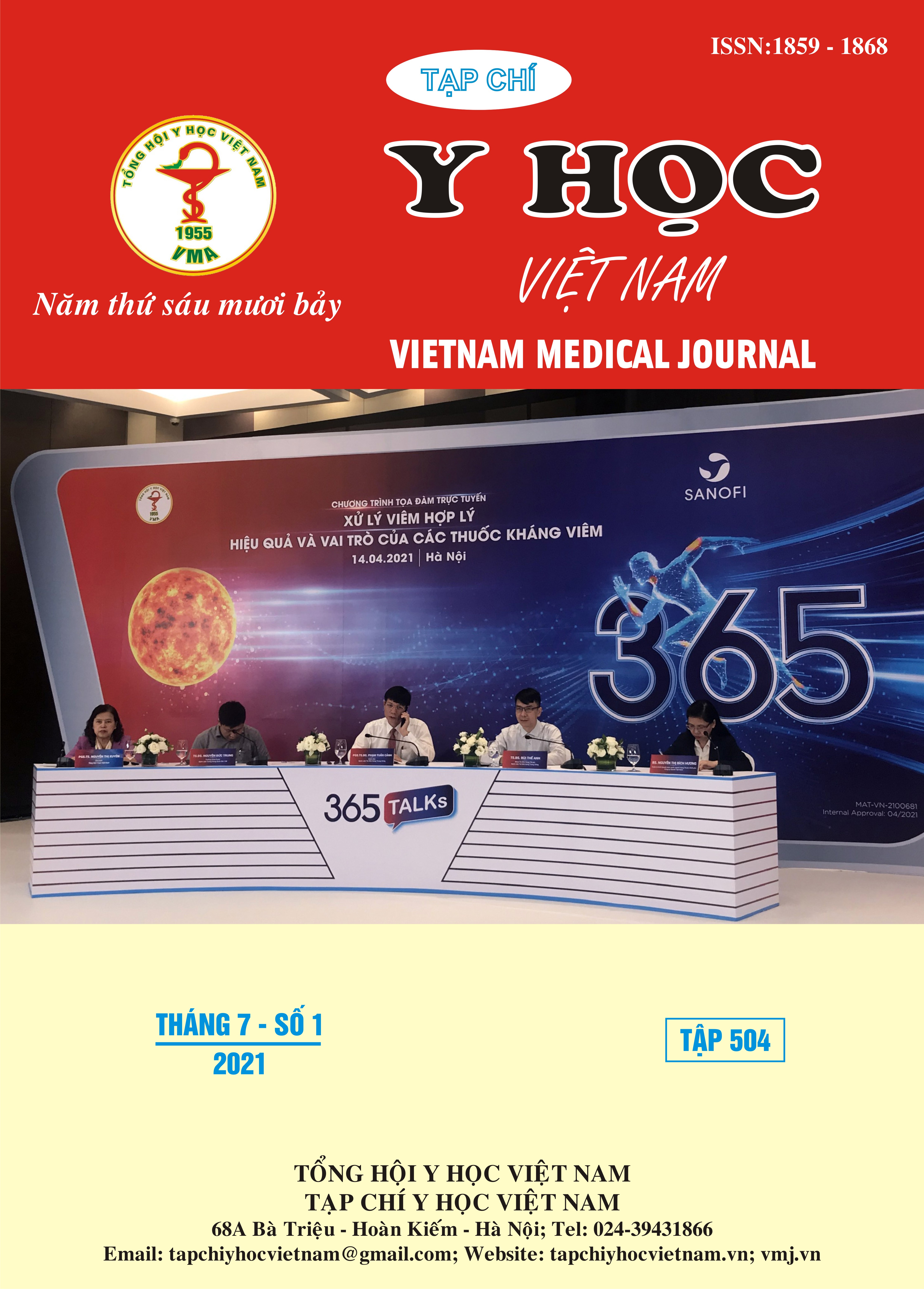GORE-TEX (POLYTETRAFLUOETHYLENE) CHORDAE IN MITRAL VALVE REPAIR TECHNIQUE
Main Article Content
Abstract
The mitral valve repair technique using Gore-tex (polytetrafluoroethylene) chordae is one of the most effective and increasingly techniques in the world. After Vetteret and Zussa reported the first successful experiments with Gore-tex chordae,Tirone David developed this technique popularly when valve leafletprolapse due to rupture, lack or elongation of chordae. Various studies have reported good results using artificial chordae in adults. In children, recently, artificial chordae in mitral valve repair hasbeen widely applied. Mitral regurgitation due to anterior leaflet prolapse is difficult to repair.Some techniques such as triangular resection, shortening or translocation of the chordae are often complex and ineffective. The technique of using artificial chordae is a good solution to avoid as much as possible valve replacement in children. However, the long-term durability and biological adaptation of the PTFE suture when the patient grows are controversial. In Vietnam, the use of artificial chordae in mitral valve repair has been recently applied in some heart centers. The use of artificial chordae in children is limited and there has not been any reports. We report a clinical case of mitral valve repair using artificial chordae in children at Hanoi Heart Hospital in August 2020.
Article Details
Keywords
Mitral valve repair, mitral valve repair in children, artificial chordae
References
2. David T E et al. Chordalreplacement with polytetrafluoroethylene sutures for mitral valve repair: a 25-year experience. J Thorac Cardiovasc Surg 2013; 145:1563-9.
3. Minami K, Kado H, Sai S, Tatewaki H, Shiokawa Y, Nakashima A et al. Midterm results of mitral valve repair with artificial chordae in children. J Thorac Cardiovasc Surg 2005; 129: 336-42.
4. Phan, N. V. (2020). Kết quả phẫu thuật sửa van hai lá trong bệnh barlow tại viện tim tp. Hcm từ 1994 đến 2012. Tạp Chí Phẫu thuật Tim mạch Và Lồng ngực Việt Nam, 7, 17-23.
5. Eishi K, Kawazoe K, Nakano K, Kosakai Y, Sasako Y, Kobayashi J. Long-term results of artificial chordae implantation in patients with mitral valve prolapse. J Heart Valve Dis 1997; 6:594-8.
6. McCarthy JF, Neligan MC, Wood AE. Ten years’ experience of an aggressive reparative approach to congenital mitral valve anomalies. Eur J Cardiothorac Surg. 1996;10:534-9.
7. Oda S, Nakano T, Tatewaki H, Hinokiyama K, Machida D, Kado H. A17-year experience with mitral valve repair with artificial chordae in infantsand children. Eur J Cardiothorac Surg 2013;44: e40-5.
8. Jolanda Kluin, Vladimir Sojaka et al. Fifteen years’ experience with the use of artificial chords for valve reconstruction in children. European Journal of Cardio-Thoracic Surgery, Volume 52, Issue 6, 2017, p1155-1160.


